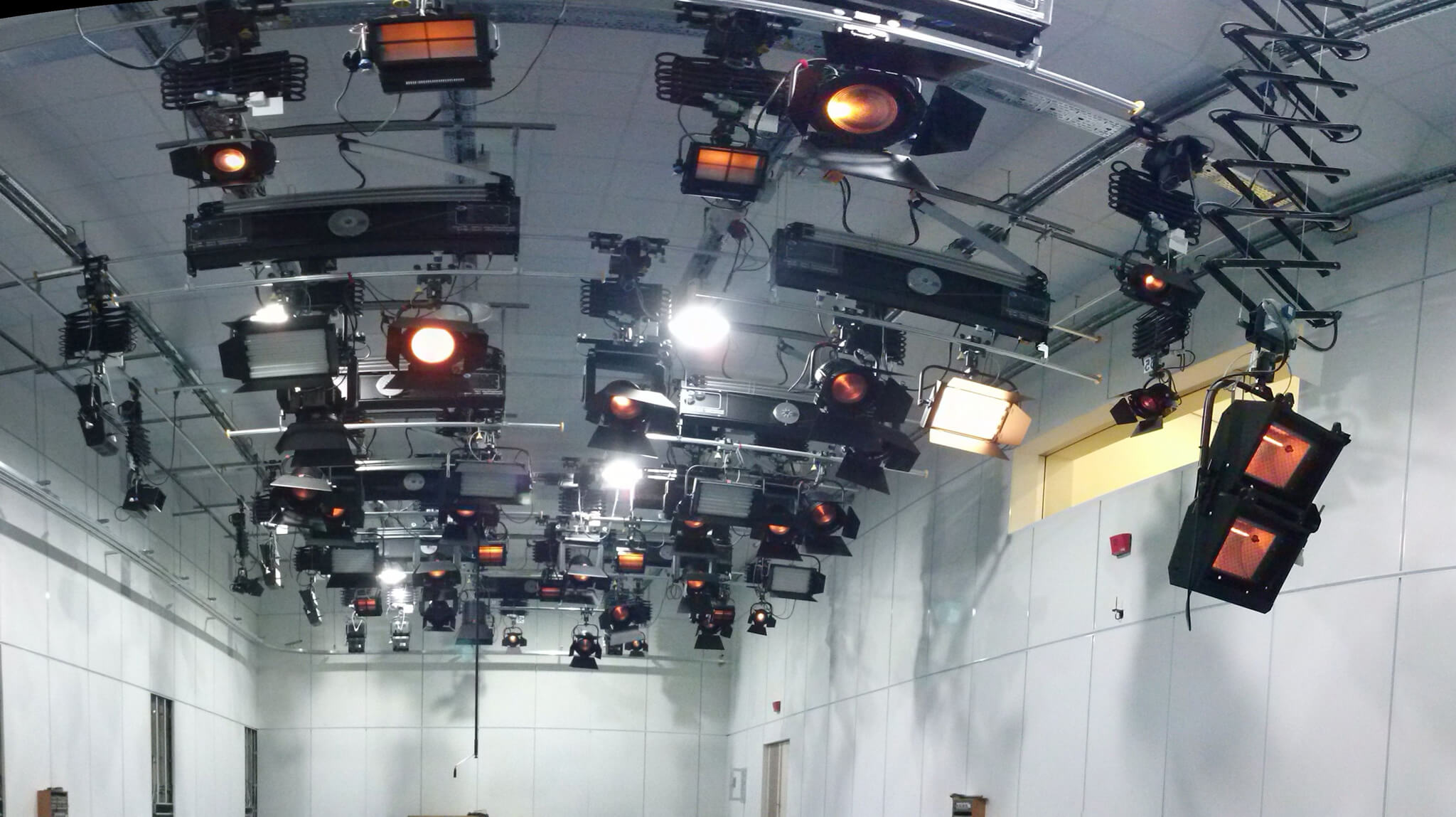New and innovative technology is constantly evolving in the professional lighting field that’s changing the way venues are illuminated. Those revolutionary advancements have resulted in lighting methods that are more eco-friendly, cost effective, and formed the basis for the next great concepts. Some of the interesting and trending lighting technologies that are making an impact on the industry include the following.
Connected Tech
LEDs have become the gold standard in professional lighting for its durability, portability, and cost savings. Now LEDs have become “smart” devices with connectivity and are providing solutions as part of the Internet of Things (IoT). They can be controlled wirelessly for greater versatility.
LEDs
LED illumination for films, TV, concerts, sporting events, and even weddings was pioneered by Frank Gatto Lighting. The technology has a variety of advantages over traditional bulbs. His work in the area of LEDs has resulted in the technology being adopted by multiple industries and helped steer manufacturers in the direction of eco-friendly and cost saving LEDs rather than old-fashioned cold cathode and metal halide lighting.
Li-Fi
Light is being used for more than just illuminating surroundings. Li-Fi resembles Wi-Fi, but instead of transmitting data over radio waves, Li-Fi transmits data over the visible light spectrum. It’s a wireless technology that adherents claim is more reliable, less likely to be affected by interference, and more secure than cellular or Wi-Fi methods.
Power Tech
Drivers convert high voltages into lower voltages and protect against current fluctuations and interruptions. Drivers represent the first step in a lighting system or array, but they’re slowly being eliminated in favor of lights that don’t require drivers at all.
Sapphire
Nobel Prize winner, Shuji Nakamura, is moving LEDs from blue to violet with the application of gallium nitride on sapphire rather than an additional layer of gallium nitride. It enables better color rendering and providers longer bulb life. An LED lamp utilizing the technology is slated to hit the markets in the near future.

